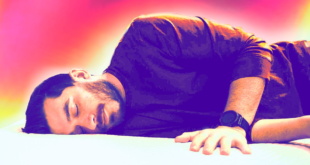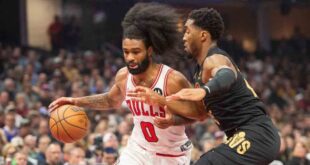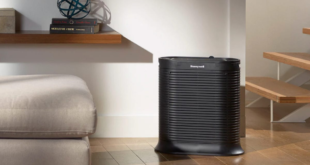Tesla plans to launch its self-driving robotaxi service in California and Texas next year, CEO Elon Musk said during an earnings call Wednesday, but the effort requires regulatory approval and could face challenges.
Tesla is already testing the robotaxi service among employees in the San Francisco Bay Area, Musk said. With the developer app, employees can hail a robotaxi that will take them anywhere within the region, Musk said, but he added that a human driver is on board for those rides in case of problems. Eventually that will no longer be the case, he said.
The CEO’s remarks come nearly two weeks after Tesla held a splashy but strange press event at Warner Bros. Studios in Los Angeles, where it unveiled an autonomous robotaxi vehicle it calls the “Cybercab” alongside 6-foot tall semiautonomous humanoid robots.
The Cybercab, which was available for test rides, was shown in a silver-chrome hue and featured no steering wheel or pedals. It charges via induction and uses AI to navigate roads. During the event, Musk said the car would cost less than $30,000 and that Tesla expected it to go into production “before 2027.”
Read more: Elon Musk Unveils the Long-Awaited Robotaxi and Tesla’s Autonomous Future
The self-driving industry continues to advance, with key players like Alphabet’s Waymo operating in cities such as San Francisco, Phoenix and Los Angeles, and Amazon’s Zoox conducting robotaxi testing in California and Las Vegas. GM’s Cruise, which faced suspension after an accident, has resumed manual and supervised operations in select cities.
Musk said a robotaxi service would be a profound shift in Tesla’s identity. “It will be very exciting,” he said. “It’s really a profound change. Tesla becomes more than a sort of vehicle and battery company at that point.”
The timeline for the launch of a Tesla robotaxi service is contingent on regulatory approval, but Musk said he thinks the company will receive that approval by next year. He said the approval process is expected to take longer in California than Texas, and that the Cybercab may come to more states soon after.
Others expressed caution. “Dealing with regulators is a very difficult process” and no one should consider it “a walk in the park,” Ross Gerber, a Tesla shareholder and CEO of Gerber Kawasaki Wealth and Investment Management, told Reuters.
The news outlet noted that Waymo conducted millions of miles of testing over several years before receiving its first permit from the California agency that oversees ride-hailing services. It also said that though Texas has fewer regulatory requirements for autonomous vehicles when compared with California, companies “often test for months or years before deploying paid services.”
Tesla has long promised to build a fully self-driving car, with Musk earlier saying he was “highly confident” the car maker could reach full autonomy in 2021 — something that didn’t happen. Musk also proposed a Tesla robotaxi service back in 2019, saying the goal was to have a million such taxis in testing without passengers by the end of 2020 — something that also didn’t materialize.
The advanced driver assistance system in Tesla’s consumer vehicles, called Full Self-Driving, is designed to help a Tesla vehicle change lanes, park and navigate roads, but a driver needs to remain alert and behind the wheel even with the feature activated. The system has also raised safety concerns among federal regulators.
CNET’s Abrar Al-Heeti contributed to this report.
 synnbiob
synnbiob


